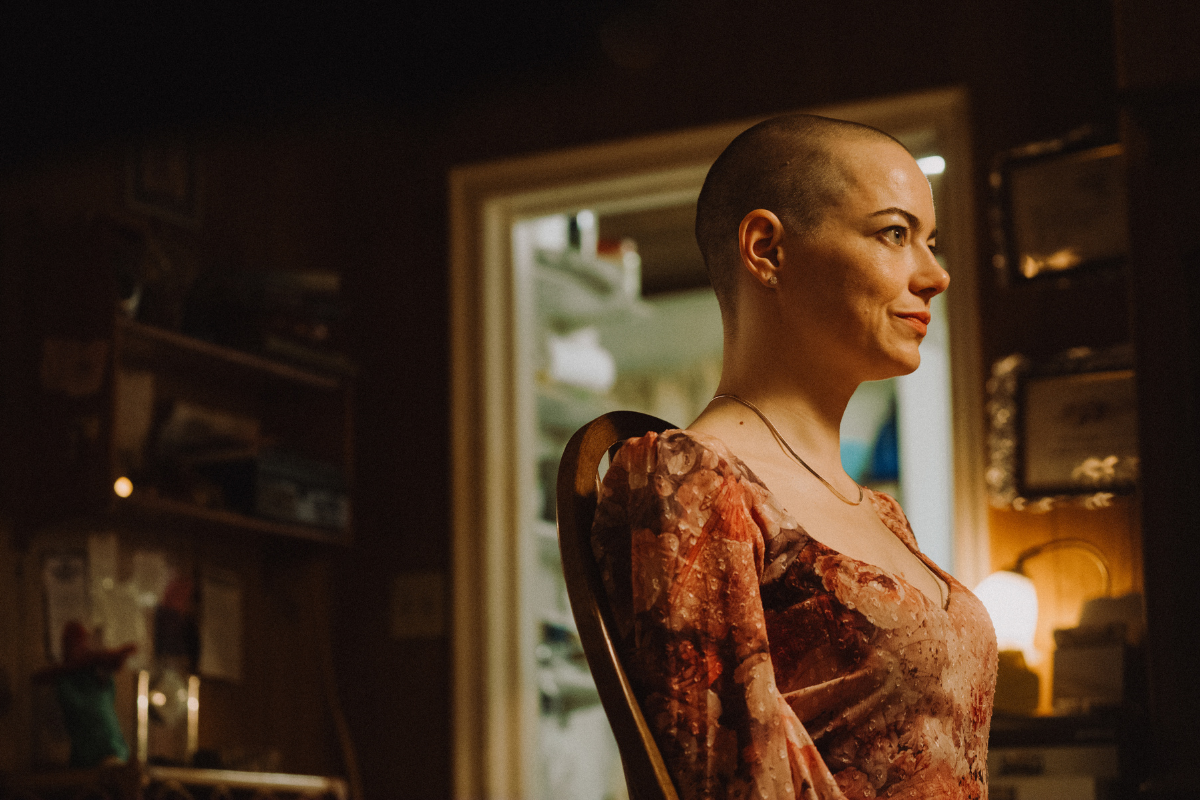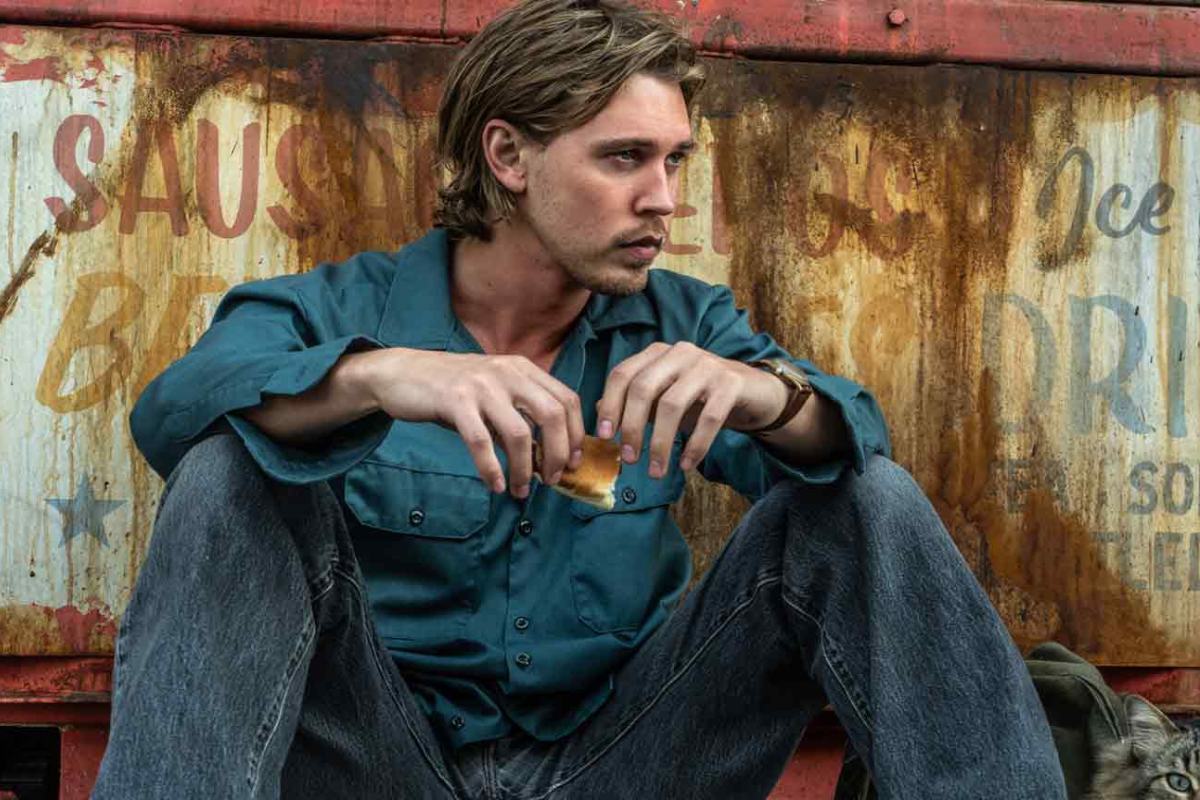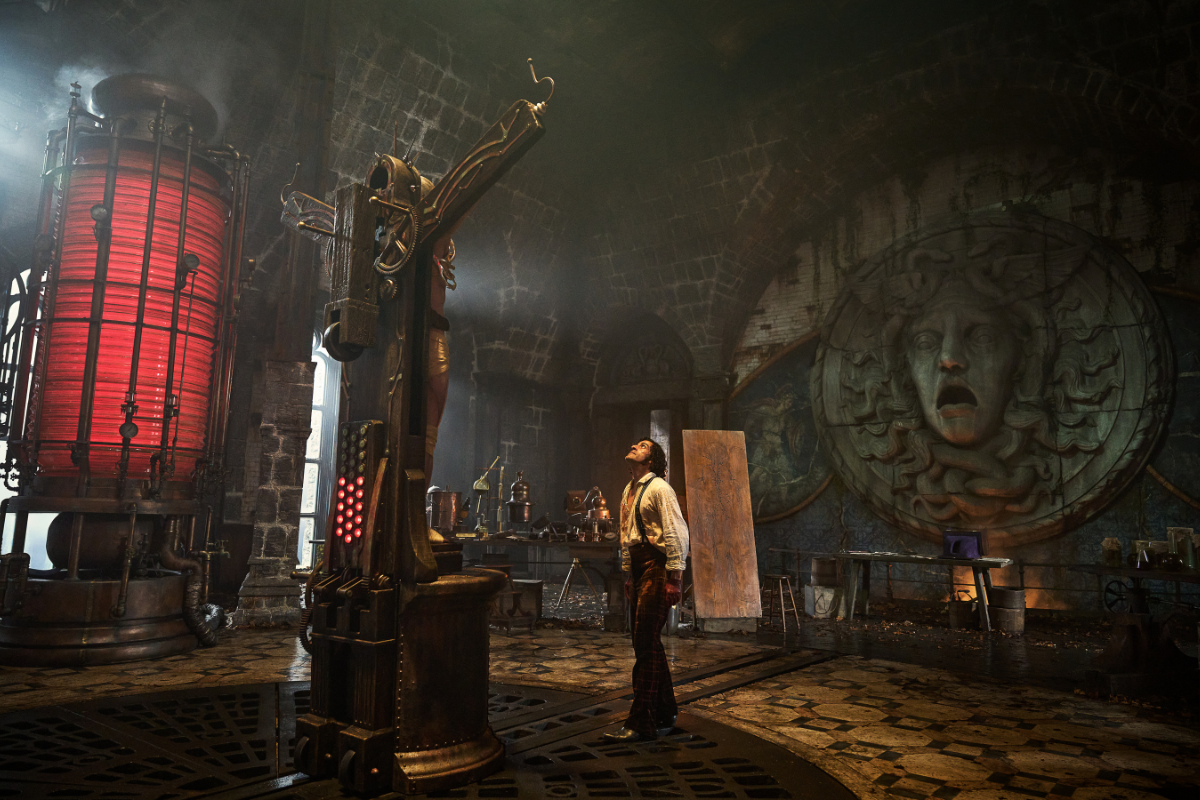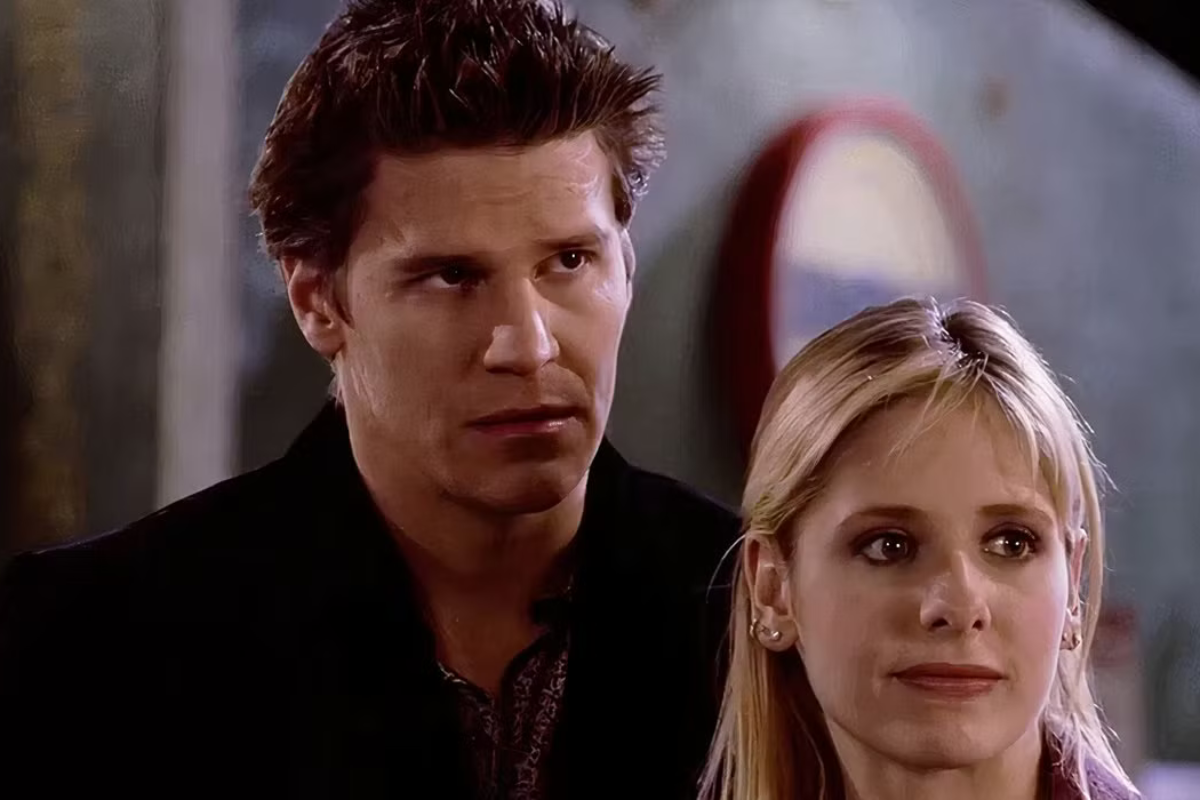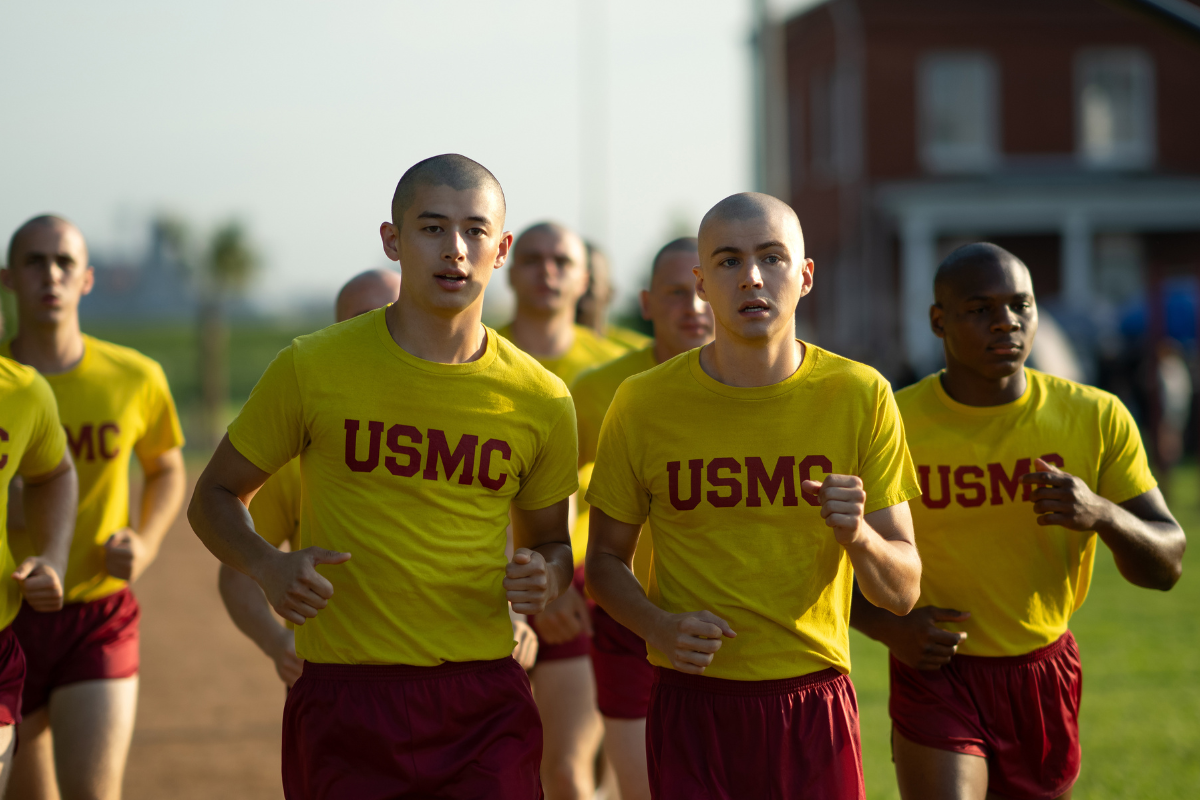WENDY’S LA4HIRE: Great Screenplay Writing Part 6 – Conflicts & Obstacles
Great screenplay writing always includes conflicts and obstacles. Wendy Kram explains how no good drama or comedy can exist without some conflict the hero must face and overcome.
Wendy Kram is a producer and the owner of LA FOR HIRE, one of the industry's leading consulting companies for screenwriters, filmmakers and production companies needing script development to sell and produce their projects. Follow Wendy on Twitter @wendyla4hire.
Great screenplay writing always includes conflicts and obstacles, also referred to as trials and tribulations or the ring of fire. No good drama or comedy can exist without some conflict the hero or heroine has to face and overcome.
Traditional rites of passage teach that the hero must let the past or old self die in order to be reborn into the future. The journey then is the process that catalyzes this transformation. As mentioned in my previous article about character arcs, the conflict and obstacles are the trials and tribulations, the ring of fire the hero must go through to emerge from the journey as a more complete person.
How your character faces and moves through these challenges are what defines his or her arc and shows how he or she overcomes his or her flaw. Conflict is the obstacle or obstacles that stand in our hero’s way, and essential to any great film, drama or comedy. These conflicts or obstacles can be external, internal, or both.
Examples of external and physical obstacles include:
It can be a monster as in Alien.
A serial killer and the race to find him before he kills his next victim as in Silence of the Lambs.
Physical limitations that can thwart our hero from realizing his dreams or objectives as in Theory of Everything or The Revenant.
Natural elements such as a storm, massive flood or earthquake that physically separates and prevents our hero from saving his loved ones as in San Andreas.
Family enemies and forbidden love as in the classic Romeo and Juliet.
Or, as in Working Girl, a boss who takes credit for his subordinate’s work.
Internal obstacles might include a lack of confidence, fears and phobias, hubris, selfishness, rage.
Most movies contain both external and internal conflicts.
In Silence of the Lambs, Clarice had the external hunt to catch a serial killer. In order to succeed, she had to undergo a personal journey of facing her own childhood trauma which she had tried to escape.
In the classic story Moby Dick, Ahab’s external nemesis was the whale, but his other conflict was internal -- his uncontainable anger and inability to accept his fate.
In The Revenant, both internal and external obstacles were embodied in our hero’s plight --Would he let the murders of his wife and son crush his will to live? Would he physically let himself succumb to the harshest of nature’s elements? Or would he cling to life so vehemently to avenge his son’s murder and keep the memories of his loved ones living inside him?
In the original Star Wars, Luke Skywalker had to battle the external forces in the galaxy, but internally struggled to discover his own powers.
Character arcs involve taking the risk of plunging ahead, transcending one's limitations, fears and flaws. The rite of passage may involve a person who is content to remain at home, afraid of stepping into the unknown when some inciting incident forces them outside of their comfort zone, and their life can no longer remain status quo. In the process, the hero confronts the deficiency he or she started out with and may learn to conquer it. While he or she may defeat a physical enemy, they come through that ring of fire often vanquishing not just the external obstacle or nemesis, but their own inner demons as well.
At the end of Whiplash when the protagonist finally gave the best performance of his life, he could do so because the journey he went through -- the hell his mentor put him through -- ultimately taught him to sever his unhealthy need for his teacher's approval. He also finally recognized his father’s goodness in his unconditional love and support. These realizations gave the hero the clarity and fortitude to free himself of not only the mentor’s hold on him, but his own emotional chains that were self-imposed. In freeing himself, it was only then that he could come into his own as the true artist he always wanted to be.
The initial obstacle or challenge is only the beginning of the long and sometimes perilous path of initiatory conquests and moments of illumination. As the more difficult stages of the adventure escalate – whether it’s fighting aliens as in Aliens and Independence Day, combating the elements as in The Revenant, trying to please a teacher to the point of nearly killing yourself as in Whiplash, the agony of breaking through personal limitations as in both The Revenant and Theory of Everything -- the agony of spiritual growth ultimately brings about the recognition of a universal force and higher power that is the individual's guiding core.
And whether it’s an iconic character such as Luke Walker in Star Wars who defeats the Dark Force, Hugh Glass who fights for survival against the harshest elements in The Revenant, or the more subtle Miles, drinking his long-saved wine at the end of Sideways -- the hero comes through the trials and tribulations, recognizing that this universal force can be found within himself.
When writing your script, ask yourself what is the conflict my character is facing and what must he or she overcome? Probing deep into this question will create the motor to drive your story, create intense focus, raise the stakes, generate audience identification, empathy and emotional investment with your hero, and in so doing elevate the overall caliber of your script.
Related Articles:
- More Wendy's LA4HIRE articles by Wendy Kram
- Alt Script: Three Ways Alt-Script Writing Can Improve Your Spec Scripts
- Wendy’s LA4HIRE: Essential Ingredients to Writing a Screenplay that’s Powerful
Get more screenwriting success tips from Wendy Kram in her OnDemand webinar12 Top Tips to Write a Screenplay That Gets Noticed by Agents and Production Companies
Wendy Kram is a producer and the owner of LA FOR HIRE, one of the industry's leading consulting companies for screenwriters, filmmakers and production companies, assisting them in developing, packaging and selling their projects. Creative Screenwriting Magazine ranks her in the Industry’s Top 3 Picks for “Best Script Consultants” with expertise in marketing. She is a respected, working producer with multiple features and series in active development, and she is responsible for securing high six-figure deals for her clients. To learn more about Wendy’s services, success stories and how she may be able to help you advance your projects, email wendy@la4hire.com.


